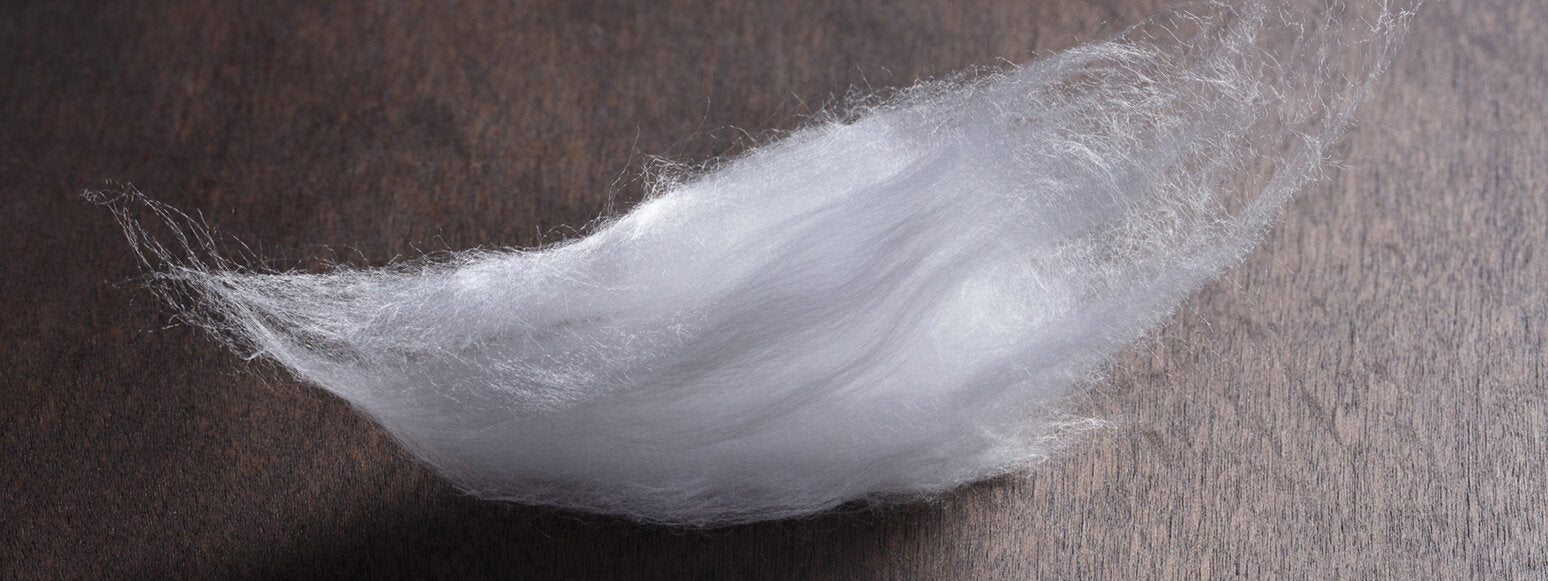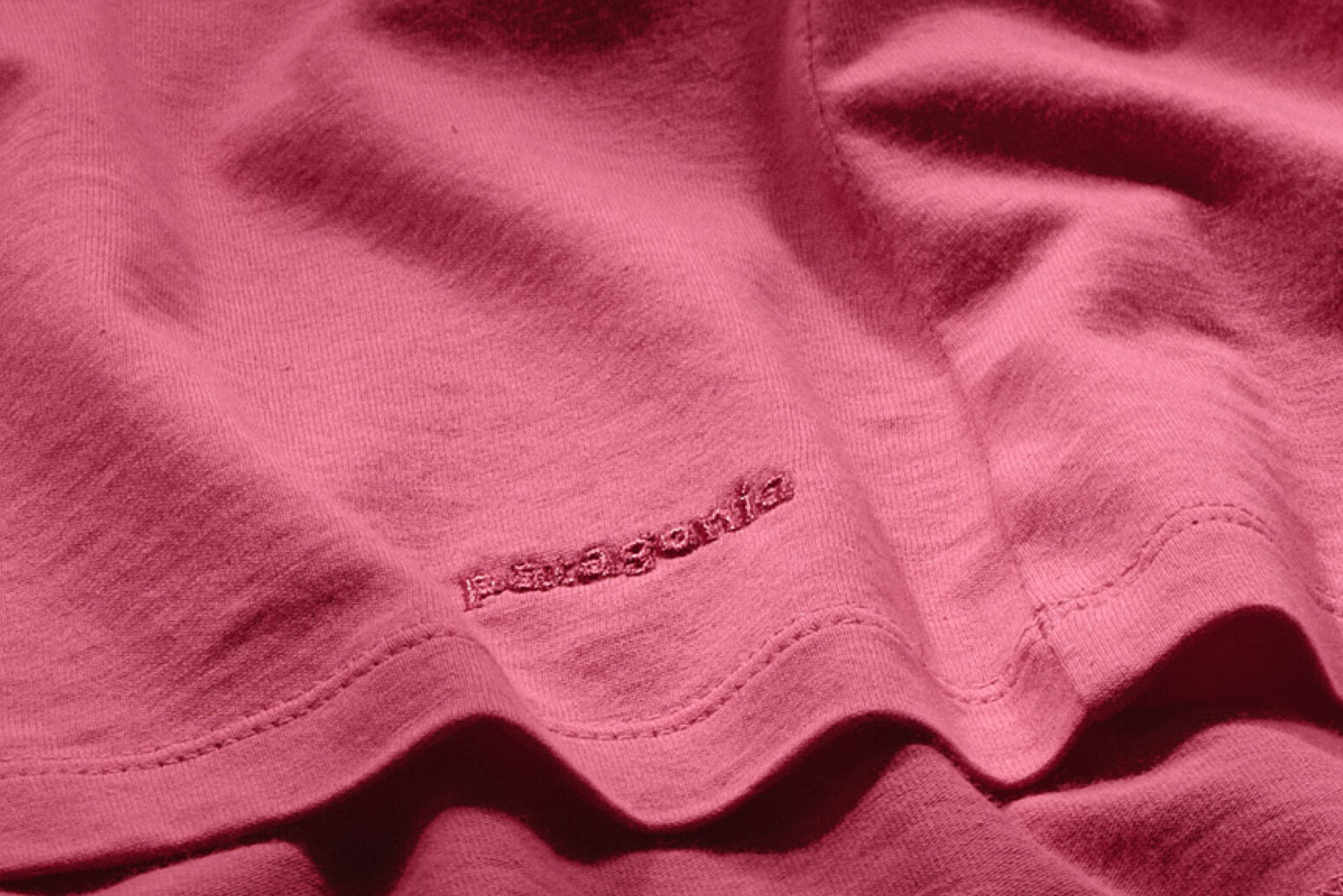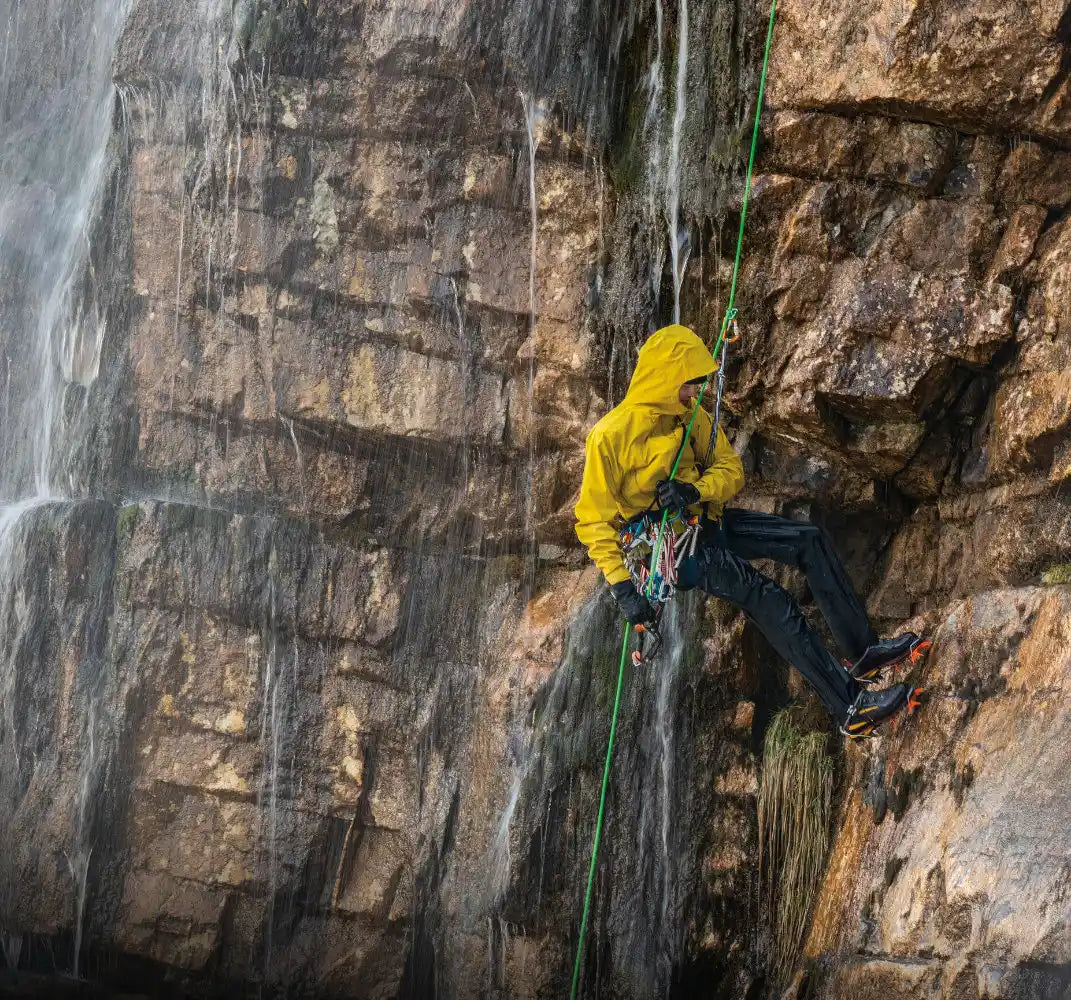Man-Made Cellulosic Fibers
Why?
Man-made cellulosic fibers (MMCFs) are derived from cellulose, the main building block of plant cell walls. Through different manufacturing processes, this cellulose is dissolved then extruded into a wide variety of fabrics including rayon, acetate, lyocell and modal. (Think of cellulose as flour that’s combined with other ingredients to make a dough and, ultimately, pasta.)
But because most MMCFs are made from tree pulp, the material can be linked to deforestation, threatening ancient and endangered ecosystems.
At Patagonia, they source MMCFs made from sustainably grown wood, cotton waste or other waste streams, and fiber-production processes that use less harmful chemistries. Together, these commitments decrease our impact compared to conventional processes without sacrificing product quality or performance.
Where We Are
Patagonia uses four types of MMCFs in their products:
Lyocell, typically sourced from tree pulp, is known for its softness and high moisture absorbency. Patagonia's lyocell fabrics are a result of their collaboration with Austria-based manufacturer Lenzing, which produces the branded lyocell fiber TENCEL™. In addition to traditional TENCEL fiber, some Patagonia products are made with REFIBRA™ TENCEL™, which blends recycled cotton scraps left over from textile production with wood pulp. That means fewer trees need to be harvested to create the fiber. Both TENCEL and REFIBRA lyocell are also made in closed-loop processes that recycle water during manufacturing, while also recovering and reusing more than 99% of the solvent needed to process the wood and cotton scraps.
Modal has a lightweight, soft feel that can withstand wear and washes for years to come. Patagonia uses TENCEL modal, also produced by Lenzing, sourced from wood and processed in a method that recycles solvents used during manufacturing.
Patagonia's production partner Infinited Fiber makes cellulose carbamate, another type of MMCF, from pulp created by recycling postconsumer cotton garments. That pulp is then turned into soft, resilient, cotton-like Infinna™ Fiber that can be re-recycled without losing quality or durability.
Cellulose acetate falls somewhere between cotton and nylon in terms of feel and performance. Patagonia's Tennessee-based partner Eastman produces Naia® Renew cellulosic fiber from 60% wood pulp sourced from responsibly managed forests—including some FSC®-certified suppliers—and 40% acetic acid made from recycled plastic waste. Their manufacturing process ensures solvents are recycled back into Naia’s system for reuse. The fiber is also made with no hazardous chemicals as listed on the Zero Discharge of Hazardous Chemicals Manufacturing Restricted Substances List.
What’s Next
Patagonia is working toward sourcing 100% of MMCFs used in their products from postconsumer textile or agricultural waste streams, rather than from virgin materials.










